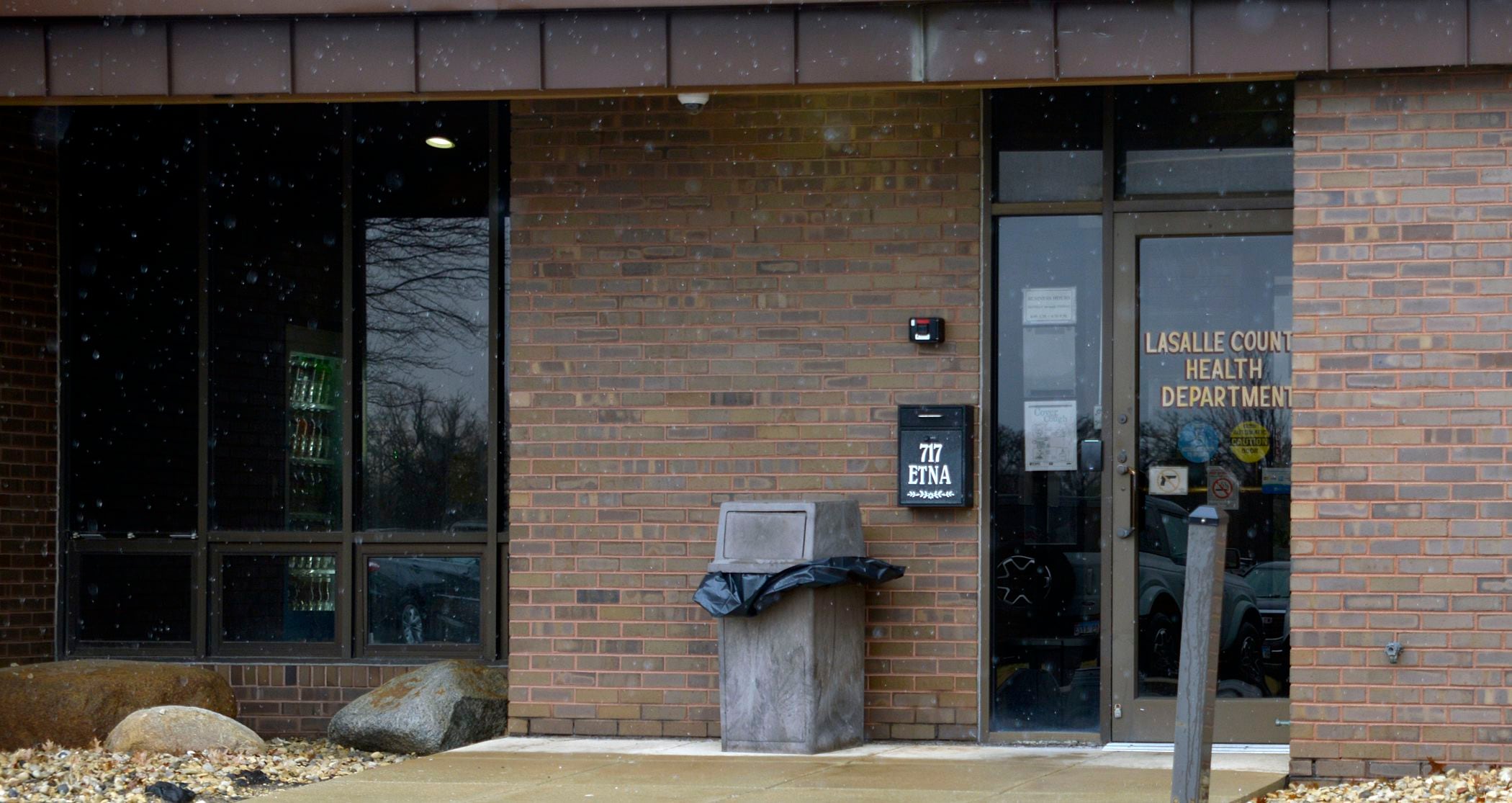In the previous federal election on Sept. 20, 2021, only 63.8 per cent of female voters voted (60.
6 per cent of males). That means 36.2 per cent of female voters didn’t vote.

Do women still want this right? Are we ready for the responsibility? All female Canadian citizens have the right to vote and seek elected office, but a third of us don’t vote and fewer still seek elected office. Perhaps we need to remember that there was a time in Canada’s history when provincial and federal laws outlawed our participation. In 1792, the legislature of Lower Canada (Quebec) formally granted the franchise to both women and men if they were 21 years of age, owned property and had not been convicted of a crime.
However, by 1834, Lower Canada savaged democracy and passed legislation forbidding women the right to vote or seek elected office because they wanted to protect women from “dangerous conditions.” Similar laws were passed in P.E.
I., New Brunswick and finally in Ontario by 1844. Indigenous women (and men) were prohibited from voting because of the appalling Indian Act of 1876.
Chinese women (and men) were forbidden the right to vote by the Electoral Franchise Act in 1885 and, in 1920, the Dominion Elections Act defined federal voting rights based on what their rights were for provincial elections, and thus more racialized Canadians were denied federal franchise. Despite the anti-democratic laws and beliefs of most Canadians, some bravely advocated for women’s suffrage. In 1876, Canada’s first female medical doctor, Emily Stowe, and the Toronto Women’s Literary Club began advocating for the expansion of democracy.
Women’s organizations such as the Woman’s Christian Temperance Union and Women’s Institute, and provincial Liberal parties also supported this revolutionary idea. Opponents of women’s franchise said that if women were given these rights, their children would be neglected, the house would be dirty and husbands would not be “satisfied” in that matrimonial way. Other opponents said that if women were enfranchised, they would be captivated by voting and would travel Canada looking for elections, thus, abandoning their families.
However, even though Nellie McClung was burned in effigy for this, she and her colleagues secured the provincial breakthrough on Jan. 28, 1916, with the help of the newly elected Liberal government in Manitoba. The next year, Liberal governments in Saskatchewan, Alberta and B.
C. enfranchised women thanks to the leadership of Emily Murphy, Louise McKinney, Henrietta Muir Edwards and Irene Parlby. These five women became known as the Famous 5, joining forces so women could be declared “persons” and eligible to serve in the Senate.
The Conservative government in Ontario also granted women the right to vote and seek elected office in 1917. Other provinces followed over the next 20 or so years, and our thanks to the all-male legislators who saw the benefit of sharing power with women..
Top

Opinion: Go vote, women; decide Canada's future

In the previous federal election on Sept. 20, 2021, only 63.8 per cent of female voters voted (60.6 per cent of males). That means 36.2 per cent of female voters didn’t vote. Do women still want this right? Are we ready for the responsibility? All female Canadian citizens have the right to vote and seek [...]











